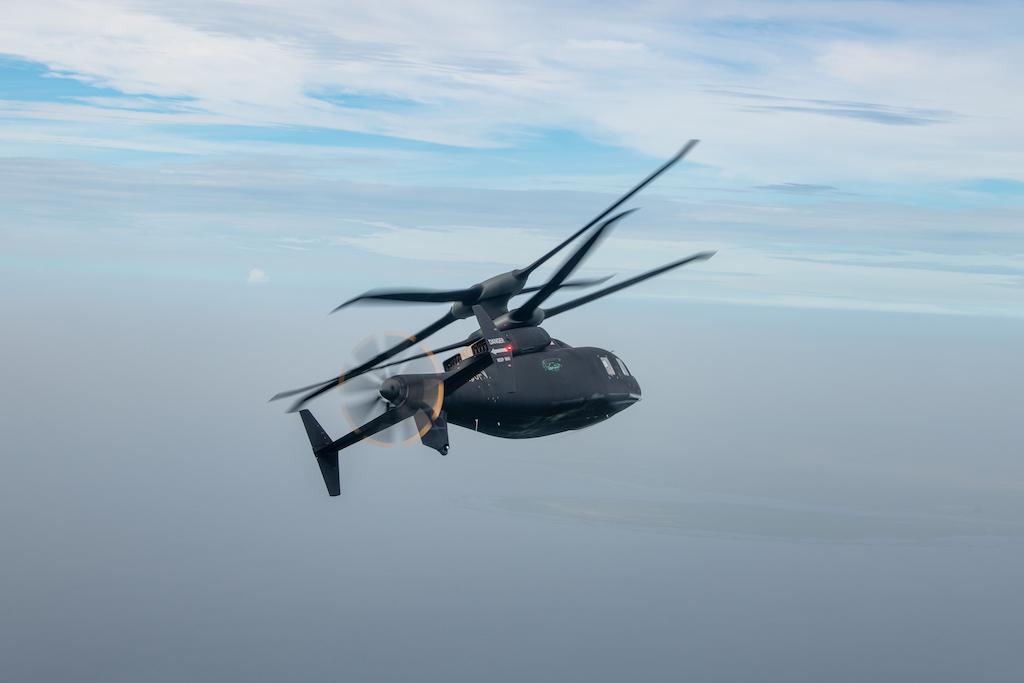
Credit: Sikorsky
The Sikorsky/Boeing SB-1 Defiant demonstrator, the team’s entrant for the U.S. Army’s Future Long-Range Assault Aircraft (FLRAA), has flown to a speed of 247 kt., with the engine showing some limited power left to go faster, the companies said Oct. 12. The companies have said they hope to exceed 250...
Subscription Required
This content requires a subscription to one of the Aviation Week Intelligence Network (AWIN) bundles.
Schedule a demo today to find out how you can access this content and similar content related to your area of the global aviation industry.
Already an AWIN subscriber? Login
Did you know? Aviation Week has won top honors multiple times in the Jesse H. Neal National Business Journalism Awards, the business-to-business media equivalent of the Pulitzer Prizes.
